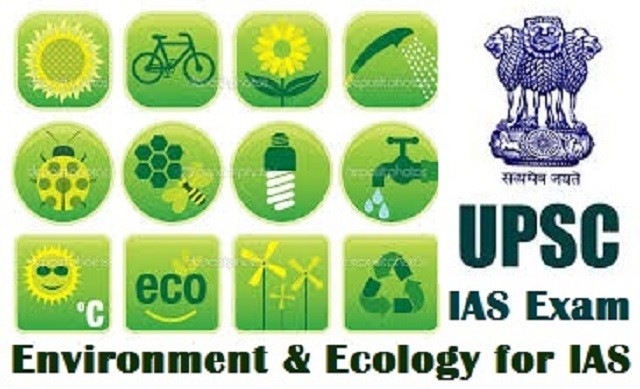According to the FAO report, more than one-third of global greenhouse gas emissions caused by human activity can be attributed to the way we produce, process, and package food.
Food system emissions were estimated at 18 billion tonnes of carbon dioxide equivalent in 2015, or 34 per cent, though down from 44 per cent in 1990, indicating gradual decline even as these emissions kept increasing.
The report was co-authored by Francesco Tubiello, a senior statistician and climate change specialist at the UN Food and Agriculture Organization (FAO), in collaboration with researchers at the European Commission’s Joint Research Centre in Ispra, Italy.
Food systems more energy-intensive
- The report highlights how global food systems are becoming more energy-intensive, reflecting trends in retail, packaging, transport and processing, whose emissions are growing rapidly in some developing countries.
- Roughly two-thirds of food system emissions come from agriculture, land use and changes in land use.
- The figure is higher for developing countries but is also declining significantly as deforestation decreases and food processing, refrigeration and other “downstream activities” increase.
- In terms of the share of all ‘anthropogenic’ emissions, caused by human activity, food systems in industrial nations are broadly stable at around 24 per cent. In developing countries, the share has decreased from 68 per cent in 1990 to 39 per cent in 2015, partly due to very high increases in non-food emissions.
- The report identified that industrialized countries accounted for 27% of GHG from the food sector in 2015, while developing countries, including China, accounted for 73% of these emissions.
- China, Indonesia, the United States of America, Brazil, the European Union and India are the top emitters.
Food production the leading contributor
- Production processes, which includes inputs such as fertilizers, are the leading contributor to overall food-system emissions, or 39 per cent of the total.
- Land use accounts for 38 per cent and distribution contributes 29 per cent, which is expected to continue growing.
- Methane from livestock raising and rice cultivation accounts for 35 per cent of food system greenhouse gas emissions and is broadly the same in both developed and developing countries.
- Meanwhile in industrialized countries, emissions from fluorinated greenhouse gases, used in refrigeration, for example, have had a “turbocharged effect on global warming”, according to the authors.
- They said refrigeration is responsible for nearly half of the energy consumption by the retail and supermarket sector, whose emissions have grown more than fourfold in Europe since 1990. Globally, the figure is around five per cent of global food-system emissions but is expected to increase.
- Packaging also accounts for a similar share of the emissions, or some 5.4 per cent, which is more than transportation or other supply-chain factors.
Towards sustainable food systems
- The report called for developing effective mitigation and transformational pathways to sustainable food systems.
- The report suggested that because the majority of global food-based emissions come not from burning fossil fuels but from emissions from animals, degraded land, and other industrial processes, world leaders must have to develop energy-reduction strategies that are specific to the food sector.
- The strategy must include:
- Conserving the natural ecosystems — peatlands, forests, and grasslands — will prevent further emissions from being released
- Soil Regeneration can improve the ability of small farmers to grow food, while also creating carbon sinks.
- Reducing the production of meat can curb methane emissions, deforestation, and water use.
- Building more efficient food delivery networks will make sure food reaches people rather than landfills.
Conclusion
The report provides a greater understanding and estimate of the climate effects of food production, distribution and consumption, ahead of the landmark UN Food Systems Summit, which will be held in October 2021.
.
You Can Follow on Youtube – Score Better
Read More Article of Current Affairs
.
